Earlier this January, the Centre for Climate Research Singapore (CCRS) released a new report, called V3, which projects several climate scenarios based on findings from the national climate change study.
According to CCRS, compared to V2 (published in 2015), V3 is based on expanded and updated datasets, so the latest report will provide more accurate scenarios of the climate situation in Singapore and in the Southeast Asian region.
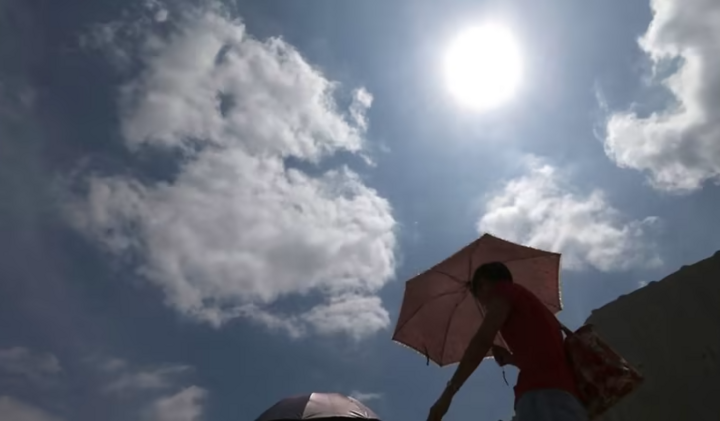
People holding umbrellas walking in the hot sun in Singapore. (Photo: Today)
Extreme weather becomes normal
According to V3 forecasts, extreme weather events will increase by the end of the 21st century. These include rising sea levels, increases in average daily temperatures, the number of hot days above 35 degrees Celsius, evening temperatures and average rainfall.
In the worst-case scenario, by 2100, Singapore will have only about 14 days with average temperatures below 35 degrees Celsius.
The situation is not very optimistic in the near future. It is forecasted that by the middle of the 21st century, Singapore will likely record 47 to 189 “very hot” days a year, double the current level.
By 2050, average daily temperatures could also rise by 0.6 to 2.2 degrees Celsius, depending on whether the world cuts emissions or continues to burn more fossil fuels. This could bring average temperatures during that period to between 28.5 and 30.1 degrees Celsius, up from 27.9 degrees Celsius today.
The study predicts that by the end of the century, the average daily temperature will increase by about 0.6 - 5 degrees Celsius. This means that by 2100, Singapore's average temperature will be between 28.5 - 32.9 degrees Celsius.
In addition, the dry season will become drier while rainfall will continue to increase during the rainy season. For example, in April and May, rainfall may increase by 6-92%. Meanwhile, in the drier months of June, July and August, rainfall will fall below the historical low of 314 mm recorded in 1997 with a frequency of once every 3 years.
Average sea levels could also rise by between 0.23 m and 1.15 m by 2100 and up to about 2 m by 2150, depending on whether and how much the world can reduce carbon emissions.
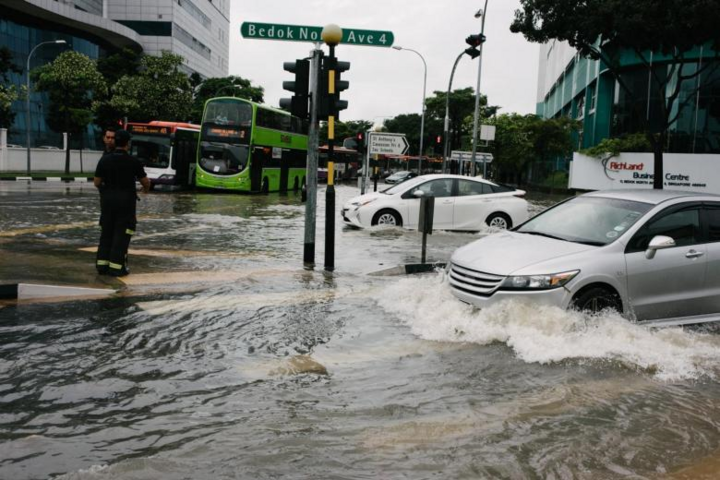
Bedok North Ave 4 in Singapore is flooded after heavy rain. (Photo: Straits Times)
The V3 report is considered to provide a more specific view of climate issues in Singapore and Southeast Asia in the coming time, based on data from global models and predictions of temperature, rainfall, wind speed and sea level.
Climate change projections produced by the Intergovernmental Panel on Climate Change (IPCC) typically provide a more comprehensive view of global and large-scale climate change. These projections lack the detailed data needed to assess climate change at the regional and local levels to help countries plan their actions.
To bridge this gap, the V3 study downscaled a group of global climate models selected from IPCC reports to a focused region to produce more detailed and specific predictions.
Singapore prepares for the worst
The CCRS said the Singapore Government has considered a range of possible climate scenarios, including a high-emissions pathway, and has made adaptation plans to ensure resilience to climate events.
The “high emissions pathway” refers to a scenario driven by the expansion of energy-intensive, fossil fuel-based activities worldwide.
Singapore has announced a number of long-term plans and initiatives to protect the island nation from the harshest impacts of climate change, including the Long Island project to protect its coastline and combat rising sea levels.
Based on the V3 reports, the government will also review Singapore's building codes and the structural integrity of its infrastructure to ensure that buildings on the island can withstand expected changes in climate, such as higher temperatures and increased wind speeds.
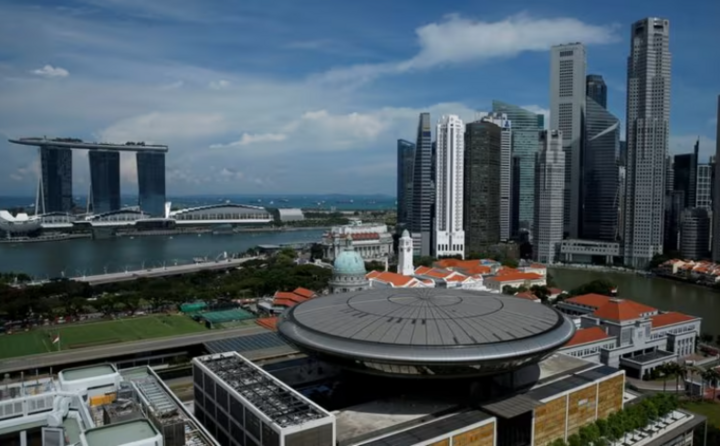
Singapore has implemented plans to adapt to future bad climate change scenarios. (Photo: Reuters)
According to CCRS, government efforts alone will not be enough to respond to climate change. The report argues that everyone, including citizens and businesses, has a role to play in the current fight against climate change.
Even basic things like increasing the air conditioning temperature or reducing the amount of time the air conditioner is on will contribute to cutting emissions and ozone-depleting substances.
In addition, consumers can choose to buy low-emission domestic products and goods, instead of buying imported products that cause high emissions.
For businesses, they can adopt environmentally friendly measures such as using energy-saving equipment at work or registering for the SG Eco Fund to organize events that link work with environmental activities.
The world still has time
The study outlines different climate change scenarios for Singapore and Southeast Asia, based on three different world scenarios that could result in different levels of greenhouse gas emissions.
These three scenarios correspond to those proposed by the IPCC. The first is the low emissions scenario, which assumes a transition to a sustainable development path with a net-zero target after 2050;
The second is the medium-emissions scenario, which follows the average path, in which emissions-causing production patterns continue for the entire century;
Finally, there is the high emissions scenario, due to continued fossil fuel-based development and high energy use.
The report shows that the actions taken by countries now have a direct impact on the future course of the world’s climate. The extent of the impact will depend on the level of carbon emissions reduction.
The report notes that the world still has time to change these scenarios. However, countries need to take collective and immediate action to implement net-zero commitments to prevent the worst-case scenario.
Source




![[Photo] The Government Standing Committee works with ministries and branches on the real estate market situation.](https://vphoto.vietnam.vn/thumb/1200x675/vietnam/resource/IMAGE/2025/5/24/e9b5bc2313d14c9499b8c9b83226adba)

![[Photo] Ho Chi Minh City holds funeral for former President Tran Duc Luong](https://vphoto.vietnam.vn/thumb/1200x675/vietnam/resource/IMAGE/2025/5/24/9c1858ebd3d04170b6cef2e6bcb2019e)

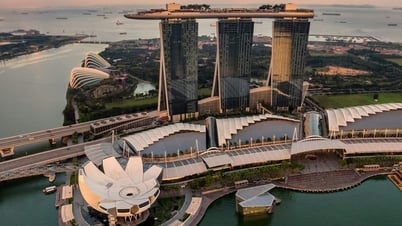






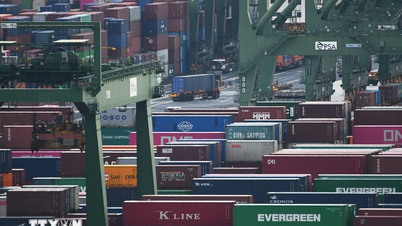
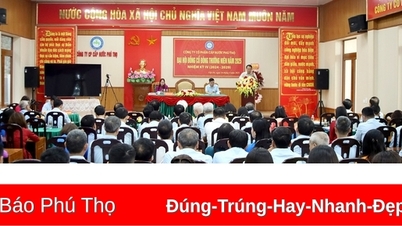

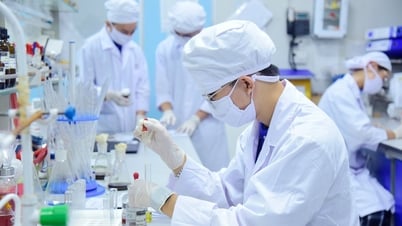
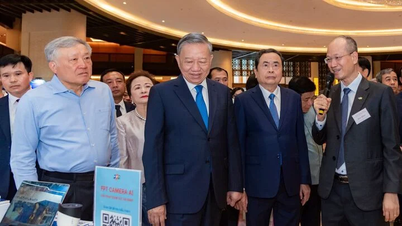
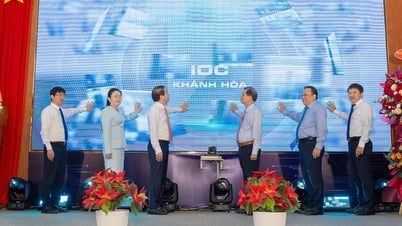



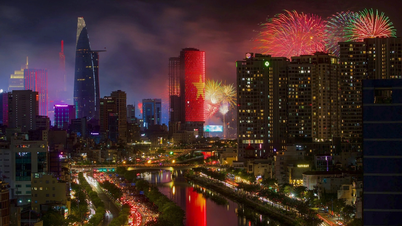





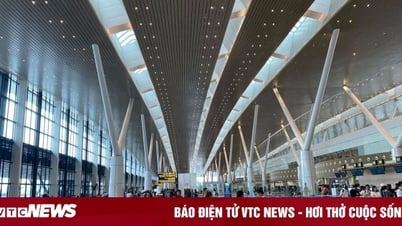
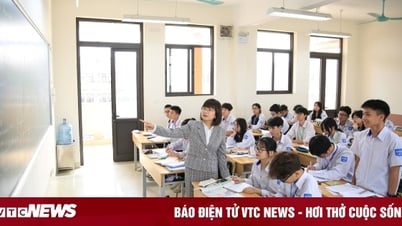
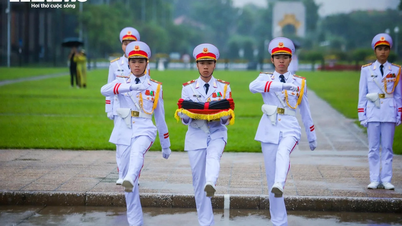
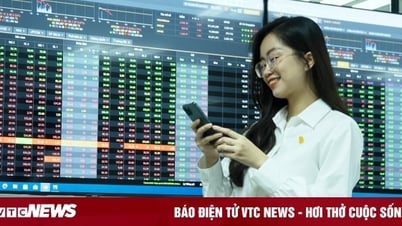

![[Photo] Party and State leaders visit former President Tran Duc Luong](https://vphoto.vietnam.vn/thumb/1200x675/vietnam/resource/IMAGE/2025/5/24/960db9b19102400e8df68d5a6caadcf6)
































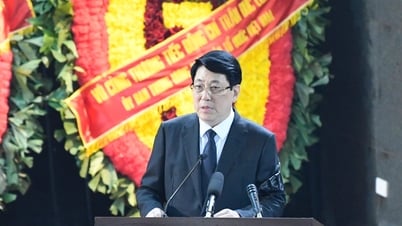
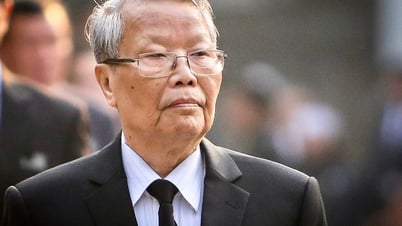
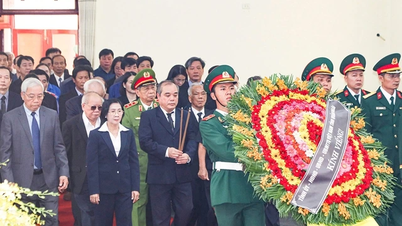


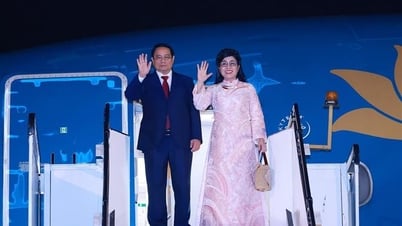










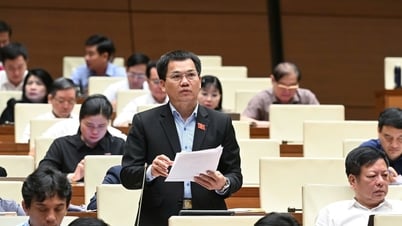



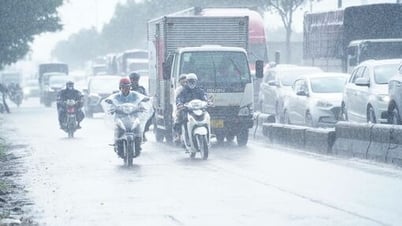

















Comment (0)